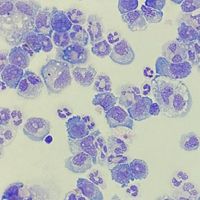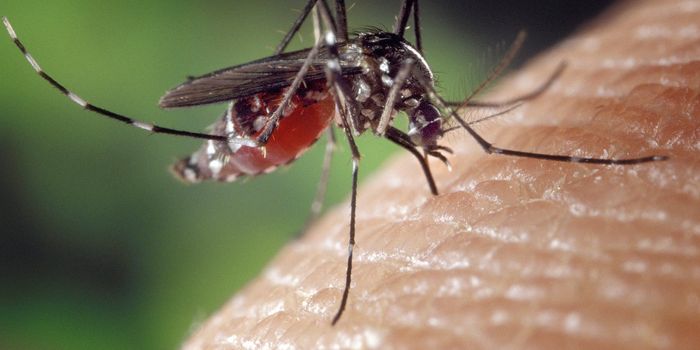Hybrid Immune Cells from Skull Bone Marrow Suppress Brain Cancer
Brain tumors or glioblastomas are one of the most difficult cancer types to treat. These masses are malignant tumors that are made up of abnormal neuronal cells with a mix of various cell types including blood vessels. They infiltrate the brain and can expand, deviating from the primary tumor site. Glioblastomas are commonly found in the frontal lobe but can be present in any region of the brain. Patients with glioblastoma develop symptoms in association to the size of the tumor. As the tumor increases, the more it spreads limiting brain function. Many symptoms present during glioblastoma diagnosis include seizures, headaches, memory or language problems, numbness, fatigue, muscle weakness or paralysis, and problems with hearing and vision. What makes glioblastomas so dangerous is their proximity to brain tissue and the lack of highly specific cancer treatments that strictly target tumor cells. Additionally, they are fast growing and aggressive, making surgical removal of the tumor almost impossible. Scientists are still unsure how the brain, as well as glioblastomas completely function. However, a recent report sheds light on new discoveries that explain the complexity of the immune response against brain tumors.
The article published in Cancer Cell, by Dr. Manish Aghi and others, demonstrate that hybrid immune cells derived from the skull bone marrow activate an antitumor immune response. This discovery highlights a specific cell type known as neutrophils. Neutrophils have been associated with pro- and antitumor responses in various studies based on the complexity of the cancer growth. As part of the innate immune response, neutrophils help control infection and promote activation of T cells, which are primarily responsible for finding and targeting invading pathogens. Aghi is a physician scientist, neurosurgeon, and Professor of Neurological Surgery at the University of California San Francisco (UCSF). Aghi focuses on the surgical management of brain tumors and his lab actively investigates the tumor microenvironment and its interactions with the immune system.
The team used various methods, including patient samples, to study the interaction between neutrophils, T cells, and glioblastoma. Aghi and others show that tumor-associated neutrophils in glioblastoma appear to be a hybrid cell combined between neutrophils and another immune cell population known as dendritic cells. This hybrid subtype has ‘branching out’ morphology that make the cell look more like a neuron. Additionally, these cells express surface markers and can process proteins from the tumor similarly to dendritic cells. Interestingly, these cells suppress tumor growth compared to other cells in the tumor microenvironment. Using next generation sequencing, scientists were able to determine this hybrid cell is an immature neutrophil state distinct from previously identified tumor-associated neutrophils. Aghi and his team also conclude that these cells originate from the skull bone marrow compared to circulation, and that these cells improve sustained T cell activation.
The discovery of this newly polarized cell type extends the knowledge in the field about glioblastomas and the key cell types that drive or prevent tumor progression. Aghi and others clearly demonstrate a new hybrid cell type that suppresses tumor growth by boosting T cell response. Moreover, this work provides a better understanding of the complexity of glioblastomas and can help improve cancer treatments for an already aggressive tumor. Overall, the report establishes new knowledge that will boost treatment for glioblastomas and improve patient outcomes.








